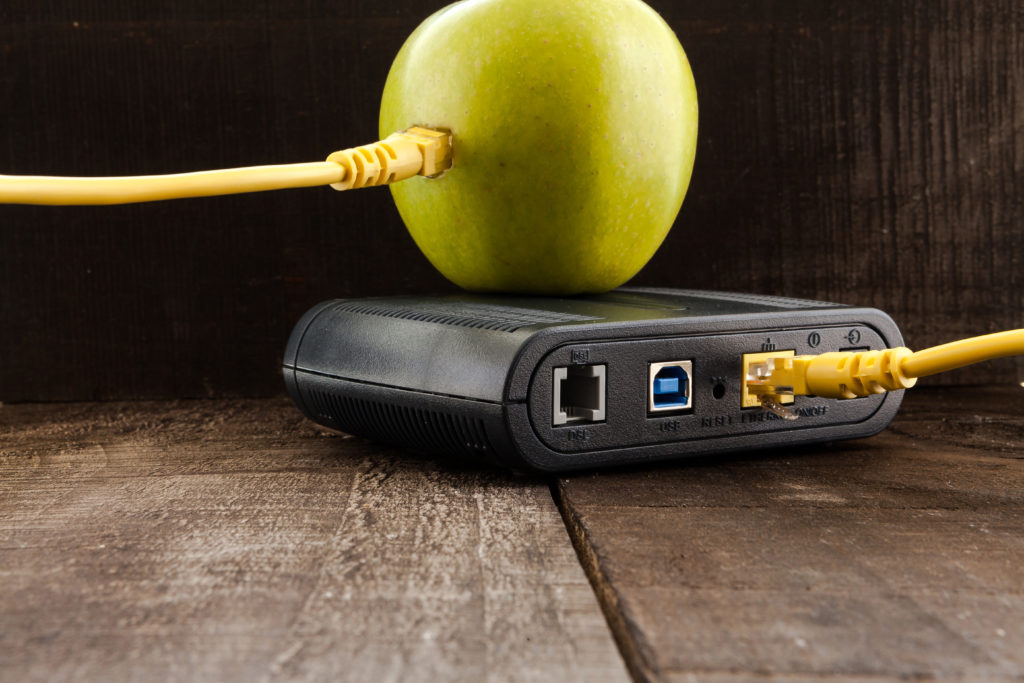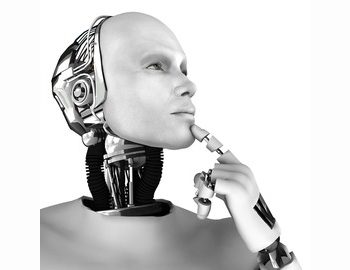Starting a hardware or IoT company requires very different considerations than a software business. Initial prototyping is just the beginning, several other resources are required to bring the final product to market. Unlike software startups, hardware product launches require much more than putting up a website, collecting emails, and blasting your product name to hundreds of subscribers.
Once you have tested the technical viability of your product with tools such as engineering simulation software (such as the Startup Program offered by ANSYS), only then can you consider what resources will be required to take your product from virtual prototype to physical product.
This article covers all that you will need to make your hardware or IoT startup a reality. Read on to find out about each of these phases in detail below…
1. Prototype
This is the first step in building your hardware startup. Just like software startups have MVP or Minimum Viable Product, hardware startups must build a prototype. This is the basic version of your product that you will continue to improve.
Prototyping can take several iterations and months or even years of hard work to produce a product that works well. It is important to keep improving on your design and building various different versions before you settle on a final prototype. You can make use of virtual prototyping tools such as engineering simulation software offered through the ANSYS Startup Program, which will make it easier for you to tweak your design and see how well your idea translates into the real world.
2. Capital and Investors
Hardware startups are money hungry and require a lot more investment upfront as compared to software startups. In today’s day and age, with so many free tools such as WordPress and Dropbox, software startups can cost as little as $100 to build.
But that’s not the case with hardware.
In the development stage itself, a startup would require a substantial amount of capital to develop a prototype. This can be made easier with prototyping tools offered by ANSYS (they have a special engineering software simulation program for startups at a discounted rate).
Next, they also have to account for working capital requirements. This amount is used to finance orders placed by the company for manufacturing of the product. New companies have to pay this amount upfront and this cost can run into thousands of dollars. This cost is over and above any certification costs or initial product costs required to launch the product.
Since hardware startups need a large amount of capital upfront, investment is a crucial part of starting a hardware company.
At the seed stage itself, a company requires capital in order to finance development and prototyping, initial production, certification costs, and manufacturing of the initial batch of products. These costs can easily add up to $500K – $1M. Thus, it is important for hardware startups to consider the different avenues of investment they can pursue.
3. Team Members
As a startup you should be as lean as possible, but you will still need a few team members. Take into account how many technical and business people you will require. The technical team will help build the product, while the business side will take care of selling and marketing.
4. Legal Matters and Certification
A hardware startup also needs to consider costs of patenting and obtaining any certifications required by the market in which it operates.
We spoke with Jiah, of Jiah Kim and Associates, to get a better idea of the legal requirements you need to look at. First of all, you need to file for trademark to protect your brand name and use a Non Disclosure Agreement (NDA) when you share your ideas with co-founders, employees, investors and manufacturers. Second, in order to avoid a costly patent infringement, you need to do a patent search. If you identified potential infringement, work with a patent lawyer.
In order to avoid conflict among founders, put down a written founder’s agreement. You also need to be prepared for product liability claims. Develop internal benchmarks for safety and performance to minimize product liability issues, get a liability insurance and incorporate your business to separate personal assets from business liability.
Lastly, you need to obtain necessary certifications. An electronic product sold in US needs FCC certification ID. Each country you sell might require other certifications.
5. Inventory and Manufacturing Units
You will need an initial batch of product to supply the market, and for that you need to figure out where your product will be manufactured. It is important to keep in mind the demand for your product when ordering inventory. You should avoid a case of under-demand, where you order more products than people buy, or over-demand, where you order less products and people end up buying a lot more!
When considering where to manufacture your product, consider costs, volume, intellectual property issues, and flexibility. Early-stage startups can stick to local manufacturers for prototyping and initial batch production. Later, as costs and volumes increase, they can outsource manufacturing to other places.
Startups should focus on designing their products in such a way that their assembly, shipping and delivery is as easy as possible. Select components with care depending upon availability, pricing, and features. This will save you money when you reach the manufacturing phase.

